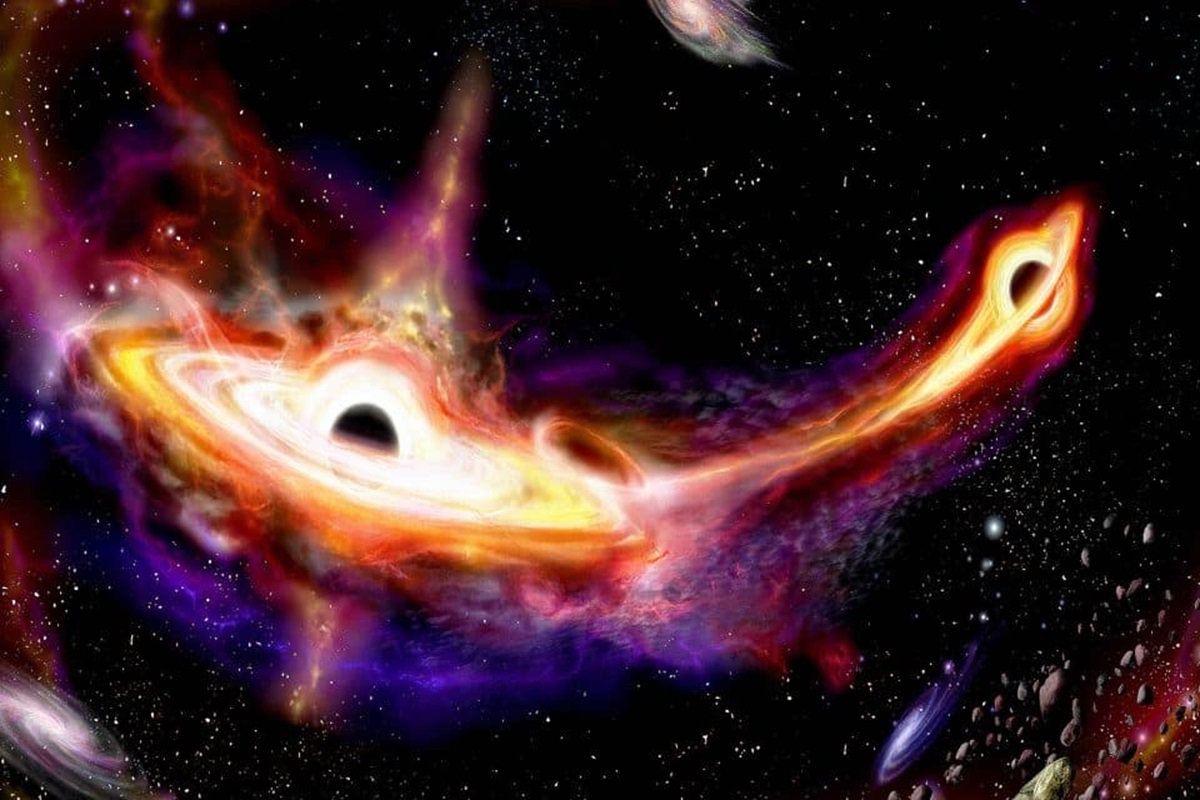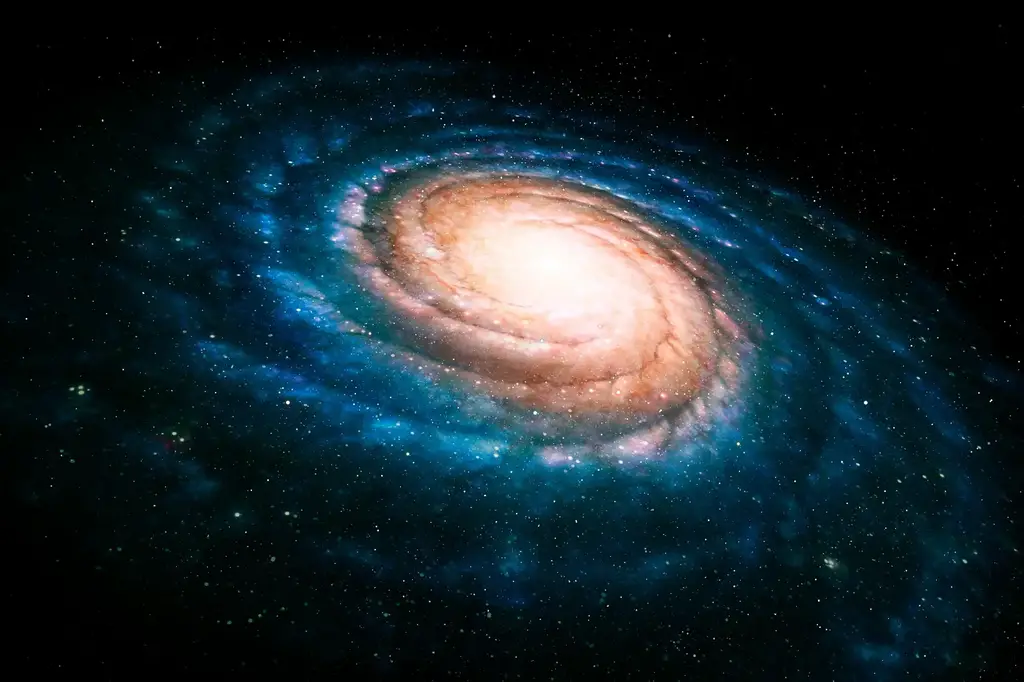In the vast expanse of the cosmos, a remarkable discovery has shed light on the formative years of our universe. Astronomers have observed a pair of merging quasars, each powered by a supermassive black hole, locked in a gravitational dance of immense scale and energy. This observation offers a rare glimpse into the dynamic processes that shaped the early universe and its structures during the period known as the “Cosmic Dawn.”

Quasars: Cosmic Powerhouses
Quasars are exceedingly luminous astronomical objects that often outshine entire galaxies. This immense energy output is generated by a supermassive black hole residing at the core of the quasar. These black holes, millions or even billions of times more massive than our Sun, exert a gravitational pull so powerful that it draws in surrounding matter. As this matter spirals towards the black hole, it forms an accretion disk, a swirling vortex of gas and dust. Within this disk, intense frictional and gravitational forces generate extreme temperatures, causing the matter to emit vast amounts of radiation across the electromagnetic spectrum.
Cosmic Dawn and the Epoch of Reionization
The early universe, a period known as the Cosmic Dawn, was a time of immense change. Roughly 50 million years after the Big Bang, the first stars and galaxies began to form, marking a pivotal shift from darkness to light. This emergence of luminous objects initiated the Epoch of Reionization, a transformative phase in cosmic history. During this period, the universe’s abundant neutral hydrogen gas was bombarded with intense ultraviolet radiation emitted by these nascent stars and galaxies, stripping electrons from the hydrogen atoms and fundamentally altering the properties of the universe.
Secrets of Merging Quasars
The Gemini Near-Infrared Spectrograph (GNIRS) on Gemini North played a crucial role in confirming the identity of these merging quasars and uncovering the secrets of their host galaxies. The observations revealed that the quasars were too faint to detect in near-infrared, indicating that a portion of the observed light originated from the intense star formation occurring within their merging galaxies. Furthermore, the GNIRS observations detected a bridge of gas connecting the two quasars, providing compelling evidence of their impending merger.
Mysteries of the Early Universe
This monumental discovery offers a rare glimpse into a period of the universe that has long remained elusive. By studying these distant objects, astronomers can unlock valuable insights into the processes that shaped the early universe and laid the foundation for the magnificent cosmic structures we marvel at today. As astronomers venture deeper into the universe’s mysteries, they anticipate uncovering more of these enigmatic objects, gradually piecing together the intricate puzzle of the early universe’s evolution.
Future of Quasar Research
The highly anticipated Vera C. Rubin Observatory’s Legacy Survey of Space and Time (LSST) is poised to revolutionize quasar research. With its unparalleled ability to peer into the depths of space, the LSST is expected to detect millions of quasars, ushering in a new era of discovery and unveiling the secrets of these cosmic powerhouses.




